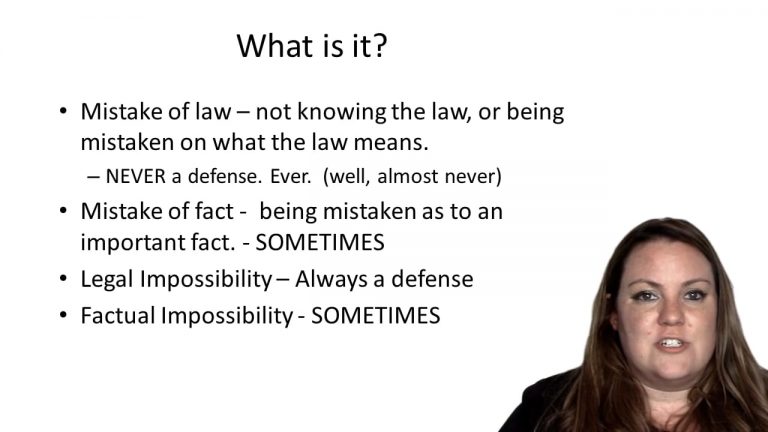SmartBrief
Confirm favorite deletion?
Contracts Keyed to Whaley
Nissho-Iwai Co. v. Occidental Crude Sales
Citation:
United States Court of Appeals, Fifth Circuit, 1984. 729 F.2d 1530.Facts
Nissho-Iwai Co. (Plaintiff) entered into a contract with Occidental Crude Sales, Inc. (Defendant) for crude oil. The parties’ contract contained a “force majeure” provision which excused defendant’s performance for events defendant could not reasonably control. Defendant acquired its oil from wells in Libya. During the contract period, the Libyan government started to affect defendant’s production, so defendant withheld $117 million that it owed to the Libyan government. Subsequently, in 1975, the government placed an embargo on oil exports. During the embargo, defendant discovered sand in its oil pipeline which required the pipeline to be shut down until May 1976. Consequently, for 8 months plaintiff did not receive any oil.
Only StudyBuddy Pro offers the complete Case Brief Anatomy*
Access the most important case brief elements for optimal case understanding.
*Case Brief Anatomy includes: Brief Prologue, Complete Case Brief, Brief Epilogue
- The Brief Prologue provides necessary case brief introductory information and includes:
Topic:
Identifies the topic of law and where this case fits within your course outline.Parties:
Identifies the cast of characters involved in the case.Procedural Posture & History:
Shares the case history with how lower courts have ruled on the matter.Case Key Terms, Acts, Doctrines, etc.:
A case specific Legal Term Dictionary.Case Doctrines, Acts, Statutes, Amendments and Treatises:
Identifies and Defines Legal Authority used in this case.
- The Case Brief is the complete case summarized and authored in the traditional Law School I.R.A.C. format. The Pro case brief includes:
Brief Facts:
A Synopsis of the Facts of the case.Rule of Law:
Identifies the Legal Principle the Court used in deciding the case.Facts:
What are the factual circumstances that gave rise to the civil or criminal case? What is the relationship of the Parties that are involved in the case.Issue(s):
Lists the Questions of Law that are raised by the Facts of the case.Holding:
Shares the Court's answer to the legal questions raised in the issue.Concurring / Dissenting Opinions:
Includes valuable concurring or dissenting opinions and their key points.Reasoning and Analysis:
Identifies the chain of argument(s) which led the judges to rule as they did.
- The Brief Prologue closes the case brief with important forward-looking discussion and includes:
Policy:
Identifies the Policy if any that has been established by the case.Court Direction:
Shares where the Court went from here for this case.
Topic Resources

 7m 21s
7m 21s